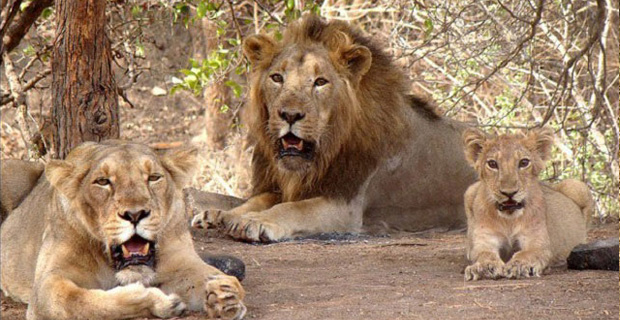Chittorgarh Fort is one of the largest forts in India and probably the grandest in the state of Rajasthan. It is a World Heritage Site.
History
A Painting of the Fort, 1857
Chittor is cited in the Mahabharat epic. It is said that Bhima, the second of the Pandava brothers of Epic Mahabaharata fame, known for his mighty strength gave a powerful hit with his fist to the ground that resulted in water springing up to form a large reservoir. It is called Bhimlat kund, an artificial tank named after Bhima. Folk legend also mentions that Bhima started building the fort.

Chitwan National Park
The Chitwan National Park (CNP) is a world heritage property, and it
also contains a Ramsar Site – Beeshazari Tal in its buffer zone. The CNP
has a history of over 3 decades in park management and a rich
experience in resolving conflicts between the park and the people.
It is a rich natural area in the Terai, the subtropical southern part of Nepal. A total of 68 species of mammals, 544 species of birds, 56 species of herpetofauna and 126 species of fish have been recorded in the park. The park is especially renowned for its protection of One Horned Rhinoceros, Royal Bengal Tiger and Gharial Crocodile.
It is a rich natural area in the Terai, the subtropical southern part of Nepal. A total of 68 species of mammals, 544 species of birds, 56 species of herpetofauna and 126 species of fish have been recorded in the park. The park is especially renowned for its protection of One Horned Rhinoceros, Royal Bengal Tiger and Gharial Crocodile.













0 comments:
Post a Comment